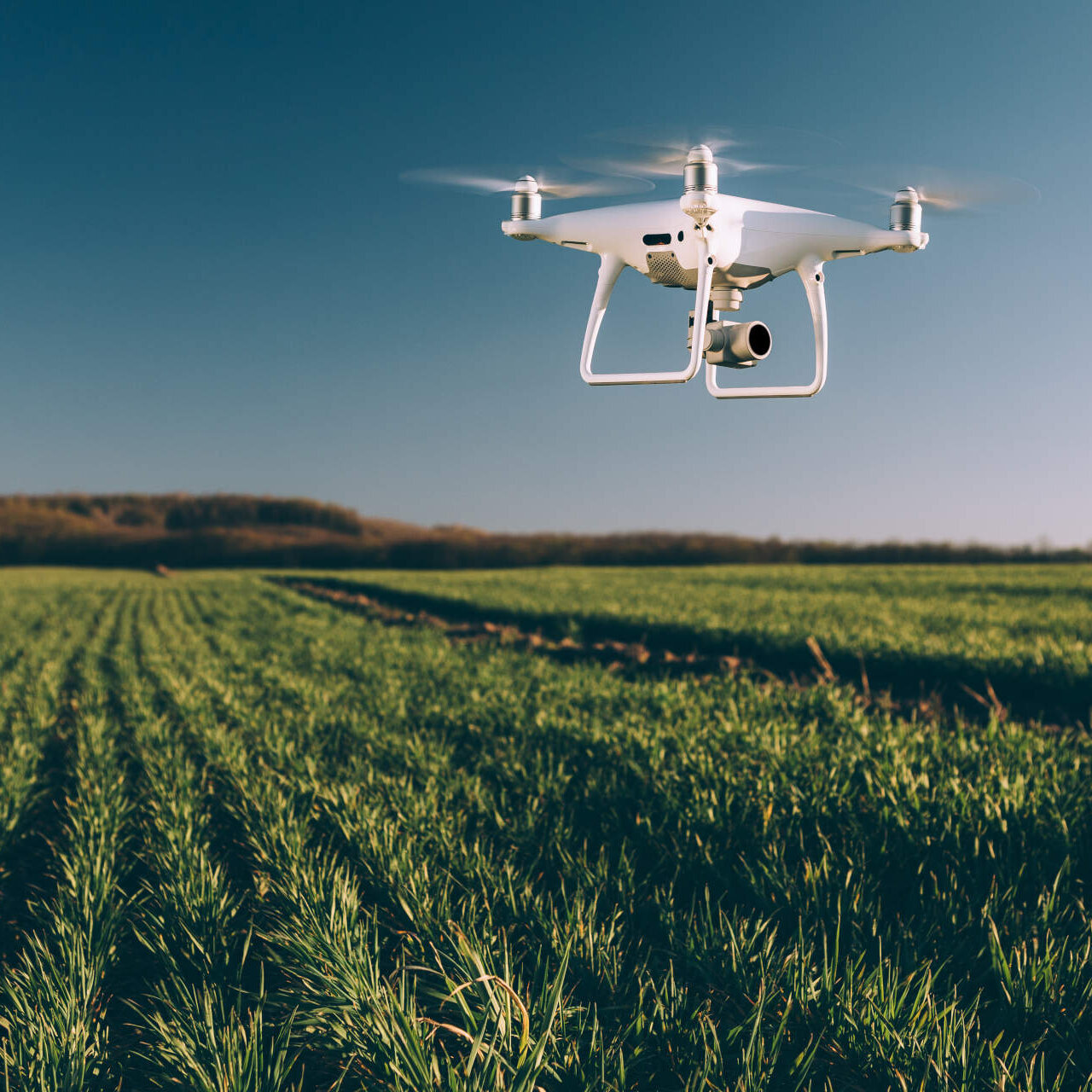Transporting gas safely and reliably requires a modern and dynamic company that is efficient in the existing processes and can respond quickly to changes. Digitalisation supports these challenges by using modern technologies, agile methods and an open corporate culture.
Modern workplace
In today’s working world, having to opportunity to work flexibly in terms of where and when is an essential aspect of digitalisation and a factor in employee satisfaction.
In addition to modern office workspaces and conference rooms, mobile working is supported by state-of-the-art workplace equipment and updated software and hardware architectures. In choosing software, attention is already paid to ensuring that is can be used for mobile working.
We questions processes and constantly look for ways to become better, placing a special emphasis on developing customised apps for specific use cases. We thus simplify, speed up and standardise our work.
Innovative projects and technologies
Working together with innovative startups, established research institutes and leading technology companies, we continuously develop new applications and innovative processes with which we break new ground and that make our work easier.
Remote Support
Remote support is becoming increasingly important in the operating environment. Using modern hardware such as data glasses, expert knowledge can be integrated directly into operational processes without time-consuming and cost-intensive trips. That leads to considerably shortened response times and increased work efficiency. Remote support is thus revolutionising the way in which problems are solved and maintenance work is carried out.








